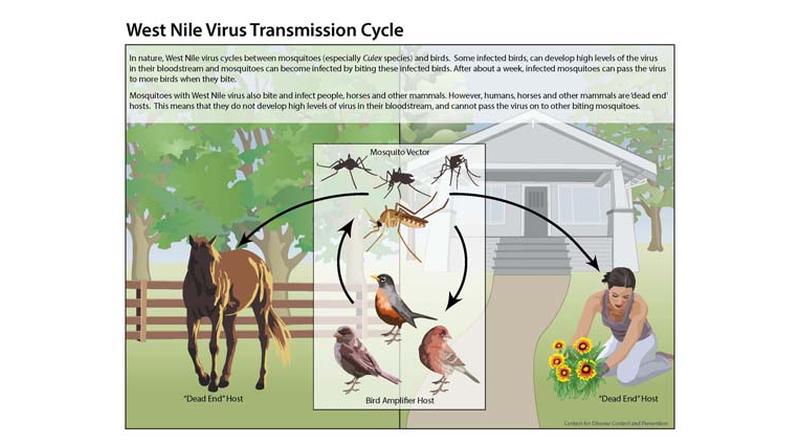As the summer heat persists, many are preparing for outdoor festivities, yet lurking in the warm shadows are mosquitoes, carriers of a significant public health concern: the West Nile virus. This increasingly prevalent virus continues to spread across the nation, prompting urgent discussions among health officials and citizens alike. But how well do you understand the implications of an expanding mosquito population?
West Nile virus, first identified in the United States in 1999, has made its presence felt in various states, particularly in regions with wetland ecosystems conducive to mosquito breeding. According to recent reports, the dissemination of this virus is intensifying, raising alarms in southern Indiana and beyond. Symptoms of West Nile virus can range from mild to severe, with some individuals experiencing headaches, fevers, and fatigue, while others may develop more severe neurologic effects. The concerning fact is that many infected individuals may remain asymptomatic, masking the virus’s spread.
So what challenges does this virus pose to your outdoor summer plans? Not only does it disrupt gatherings and barbecues, but it also introduces a layer of anxiety regarding health safety. Communities grapple with the responsibility of educating residents about prevention techniques and the need to stay vigilant. Simple measures can significantly mitigate risks—eliminating standing water around homes, utilizing mosquito repellents, and wearing long sleeves during peak mosquito activity hours are just a few effective strategies.
The Centers for Disease Control and Prevention (CDC) emphasizes community engagement as a crucial element in combating the spread of West Nile virus. Local health departments often launch initiatives to raise awareness and implement mosquito control programs. These programs may include routine inspections of potential breeding sites and targeted spraying of insecticides. However, challenges arise as public perception regarding chemical interventions often leads to resistance and apprehension.
Moreover, climate variability has sparked discussions about how environmental changes contribute to the expansion of mosquito ranges and activity. Warmer temperatures and altered precipitation patterns lengthen mosquito breeding seasons, thereby increasing the probability of virus transmission. The interconnectedness of climate change and public health cannot be overstated; addressing one facet inherently involves tackling the other.
In summary, the West Nile virus poses an escalating public health challenge as it continues to spread across the nation. The core message remains clear: vigilance and proactive engagement are imperative. As we enjoy outdoor activities, let us be proactive, educate ourselves, and evaluate our environments. The question to ponder: How are we preparing to coexist with this persistent adversary while still cherishing the joy of summer? Our collective response could define the trajectory of this viral threat.
